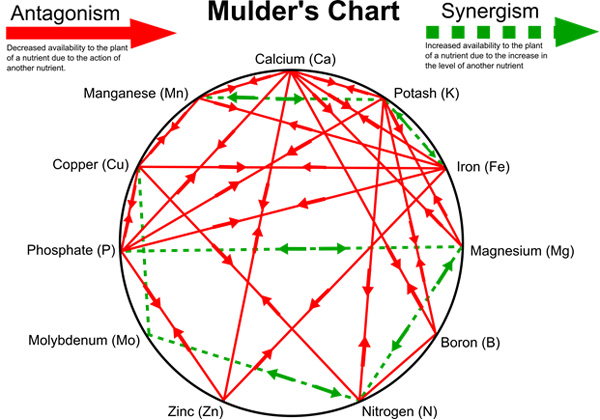The problem is probably pH related.
Do you know the pH of your water and media?
Basically....
The type of nitrogen has more of a direct effect on the growing environment than on the plant itself. As plants absorb nitrate the media pH increases and as they absorb ammonia the pH decreases. So if your water and media pH is tending on the high side of the scale using pure nitrate nitrogen will move the pH higher to a point where the plants can't take up enough nutrients. Balance this by using both nitrates and ammonia nitrogen at the same time.
Using pure ammonia nitrogen works the same in the opposite pH direction. UREA results as ammonia nitrogen. The major difference when using pure ammonia nitrogen and having the pH moved lower is that at low pH levels ammonia is toxic to plant tissue.
When nitrates cause the pH to rise and a problem is created the plant simply stops getting food and turns yellow and does not grow.
When ammonia causes the pH to lower and a problem is created the plant tissue can (is) be permanently damaged. That is why 100% UREA based nitrogen is not advised to be used constantly for orchids.
Ever wonder why your plants roots rotted and the top looks fine?
Ammonia in the soil kills roots and Ammonia (UREA) as foliar feed keeps the foliage alive all at the same time! But that is a different subject.
I am of the opinion that soil and orchid potting mixes are not the same and that we therefore should be careful about transferring conclusions from soil to orchid potting mixes.
Basically, if we look at the chemistry, urea in aqueous solution transforms to ammonia and carbon dioxide. Which itself could react to ammonium carbonate. There would be a surplus of ammonia though as each urea may react with one water to give two ammonia plus one carbon dioxide.
Depending on pH this ammonia gets converted to ammonium and this reaction is reversible. At high pH (around pH=8?) the ammonia gets to toxic levels. As such, the ammonia is increasing the pH by "stealing" acid(H+) from the substrate in the transformation to ammonium. Normally the pH of the substrate is low (5.5?) and acid enough to take care of any ammonia that is liberated..
If the ammonia gets too plentiful, free ammonia will skyrocket pH and become toxic. This is normally not the situation since the ammonia is liberated slowly and the urea addition is not that large. Well, perhaps some of the feedings at 250ppm N could have that potential....
What happens to the ammonium that is produced from the ammonia (while acid is consumed)?
Some is going into the velamen and is absorbed by the plant while some acid is given off by the plant, and some gets adsorbed on negative sites on colloids and other charged surfaces. This ammonium may then become oxidised to nitrate which is either flushed out or taken up by the plant that will liberate an OH group per nitrate consumed.
Looking discretely at the processes in the root-zone will give the impression that ammonium gives lower pH while nitrate increases pH but it is not that simple as I have tried to explain above (ammonia eats acid while converting to ammonium).
Additional to the charge transfer in connection to the uptake by the root, other processes run in parallell liberating or consuming acid. If you take the gross reaction of the decomposition of urea, disregarding loss of either ammonia or carbon dioxide, the pH should increase because of the transformation of ammonia to ammonium, but decrease again if the ammonium gets consumed by the plant.
just my twopence:sob:




